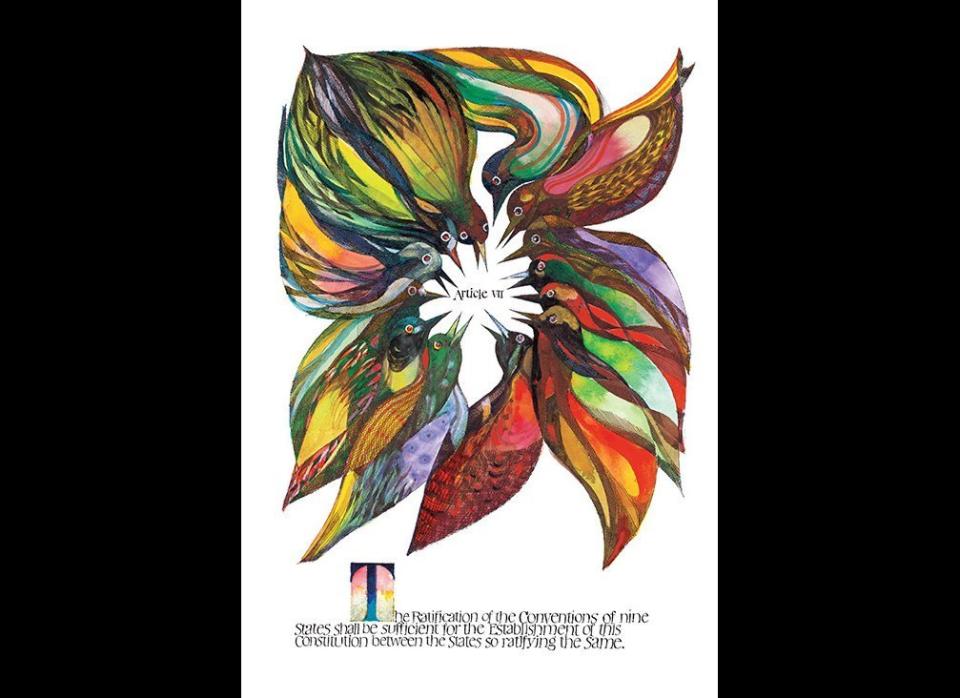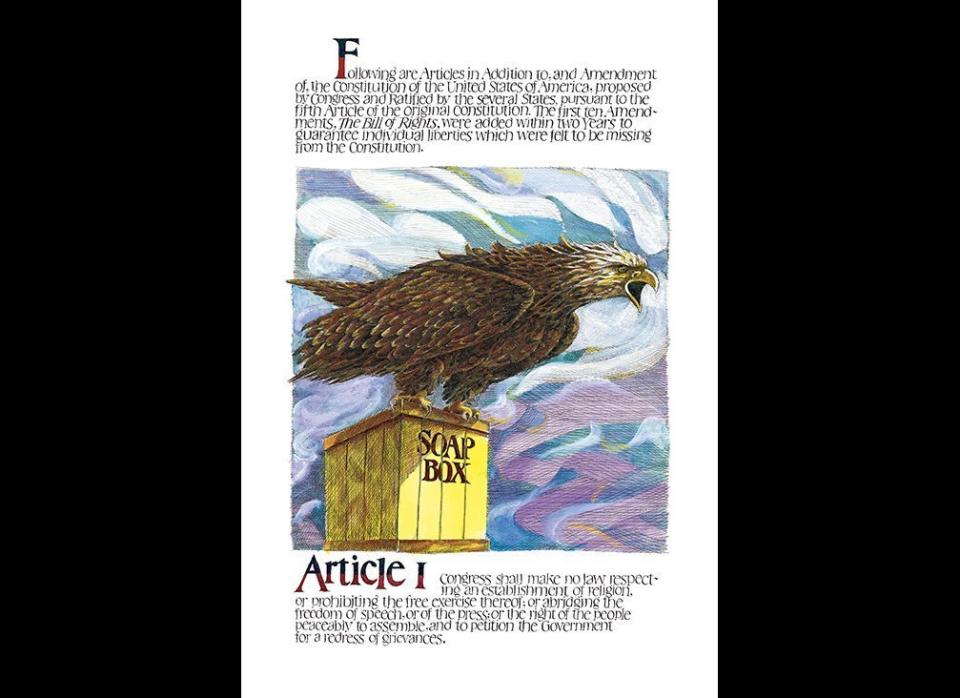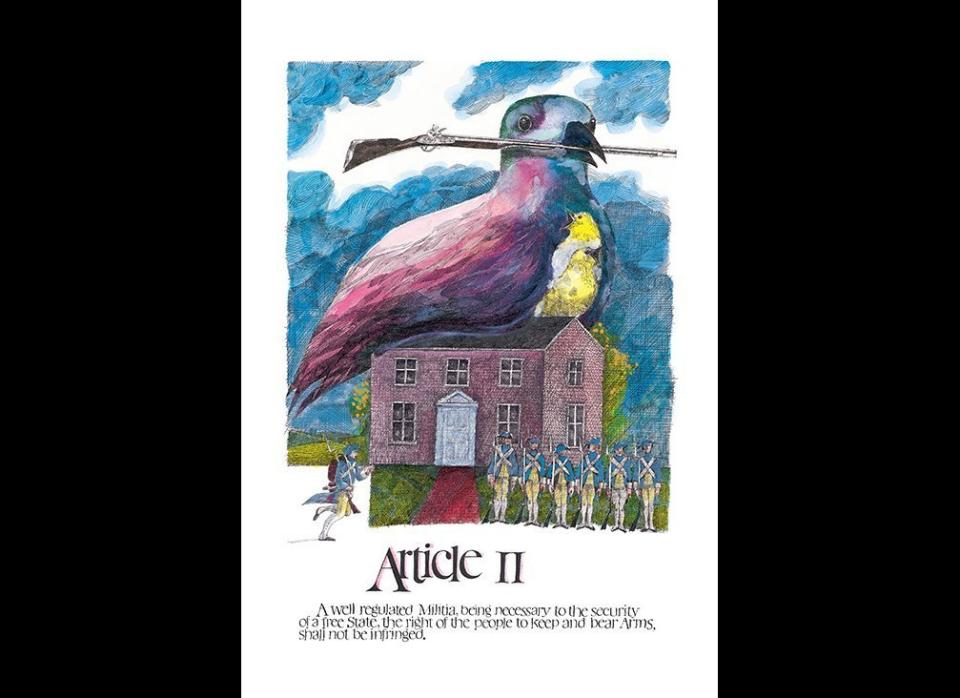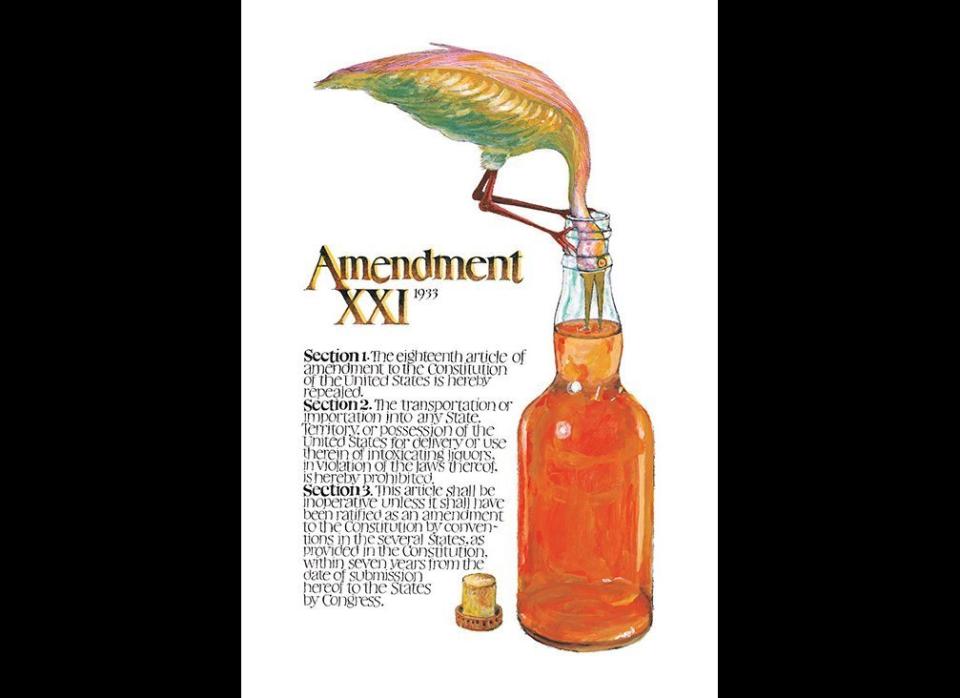Trump: Mainstream Media Is Not Free Speech, People Who ‘Write Bad’ Are Dangerous
President Donald Trump on Thursday attempted to create his own definition of free speech that excludes the entire mainstream media.
Speaking at a White House-hosted “social media summit” populated by Trump supporters and a number of right-wing trolls, the president blasted the tech industry and social media companies and claimed they censor conservatives. Then, he attacked the media itself:
“See, I don’t think that the mainstream media is free speech either because it’s so crooked. It’s so dishonest. So to me, free speech is not when you see something good and then you purposely write bad. To me, that’s very dangerous speech, and you become angry at it. But that’s not free speech.”
Trump posted the comments on his Twitter feed. The remarks about free speech and the mainstream media begin at 46:30:
Today, I am directing my Administration to explore all regulatory and legislative solutions to protect the free speech rights of ALL AMERICANS. We hope to see more transparency, more accountability, and more FREEDOM! #SocialMediaSummit https://t.co/i6th5qtfAj
— Donald J. Trump (@realDonaldTrump) July 11, 2019
Trump’s latest attack on the First Amendment was not well-received on Twitter:
The video, with context, does not make Trump's incoherent free speech comment better. It makes it much worse.https://t.co/U0i7Pu6fZ1
— 1000/24thHat (@Popehat) July 11, 2019
The creepiest comment came when Trump said that any mainstream media that he thinks are biased against him are not protected by free speech.
— JJ MacNab (@jjmacnab) July 11, 2019
THis is why a poll found nearly 50% of Trumpers would support Trump if he closed down media outlets for being unfair to Trump: Trump Says It's Not Free Speech to 'Write Bad' About 'Something Good': That's 'Dangerous Speech' https://t.co/gOwTtWlLbH via @mediaite
— (((DeanObeidallah))) (@DeanObeidallah) July 11, 2019
This is just a blatantly false notion of what is or isn’t “free speech” and that it was said at an event purportedly in opposition to social media censorship is deeply embarrassing. https://t.co/r91qlPF8Rg
— Sarah McLaughlin (@sarahemclaugh) July 11, 2019
Trump, when talking about free speech, seems to be under the wrongful assumption that criticising the President is not free speech. https://t.co/OVuS2m62zP
— Morten Øverbye (@morten) July 11, 2019
Only Trumpies have free speech. That should frighten all! "To me free speech is not when you see something good and then you purposely write bad,” he insisted. “To me that’s very dangerous speech, and you become angry at it. But that’s not free speech.” https://t.co/9liIeEkQnm
— Kerry Drury (@Lisianthus) July 12, 2019
Also on HuffPost
The Backbone

Article II, Section I

Ratification

1st Amendment

2nd Amendment

19th Amendment

18th Amendment

Love HuffPost? Become a founding member of HuffPost Plus today.
This article originally appeared on HuffPost.

